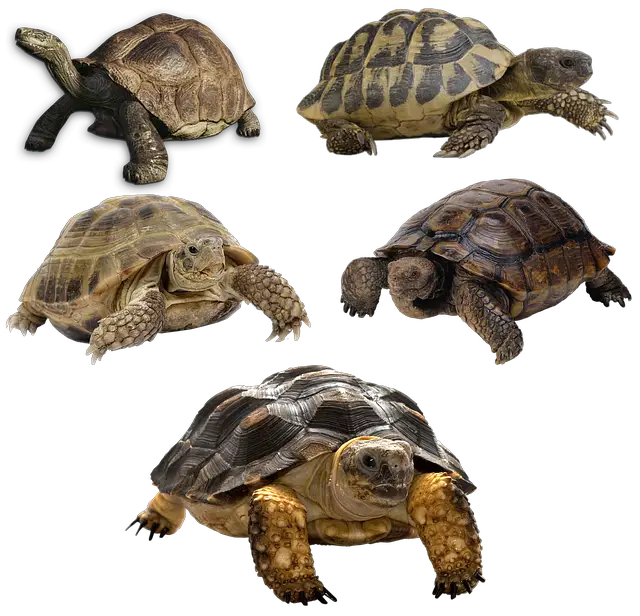Pet owners who have both dogs and tortoises may wonder whether their dog will eat their tortoise. This is a valid concern, as dogs are natural predators and may see a tortoise as prey. However, whether a dog will eat a tortoise depends on various factors.
One crucial factor is the dog’s breed and temperament. Some breeds, such as terriers and hounds, are likelier to have a high prey drive and may be more inclined to chase and attack small animals like tortoises.
However, even dogs with a low prey drive may still be curious about a tortoise and try to play with or investigate it.
Pet owners must closely supervise their dogs around their tortoise to prevent potential harm.
Dog and Tortoise Interaction
Dog and Tortoise Behavior
Dogs and tortoises can have a variety of interactions, ranging from peaceful coexistence to aggressive behavior. It is essential to understand the behavior of both animals to prevent any harm to either pet.
Dogs are natural predators and may view a tortoise as prey. They may attempt to bite, shake, or even swallow the tortoise.
On the other hand, some dogs may show curiosity towards the tortoise, sniffing and licking it without showing any signs of aggression.
On the other hand, tortoises are generally passive animals that retreat into their shell when feeling threatened. However, they may also become aggressive if they feel cornered or provoked.
Supervising Dog and Tortoise Interaction
Supervising any interaction between dogs and tortoises is crucial to ensure both animals’ safety. Here are some tips for managing dog and tortoise interaction:
- Keep the tortoise in a secure enclosure that the dog cannot access.
- If the tortoise is outside its enclosure, keep the dog on a leash and under close supervision.
- Teach the dog to be gentle around the tortoise and reward good behavior.
- If the dog shows aggression towards the tortoise, separate them immediately.
In conclusion, dogs and tortoises can coexist peacefully, but it is essential to understand and monitor their behavior to prevent any harm. Always prioritize the safety of both pets and take necessary precautions to ensure a safe environment for all.
Health Risks for Tortoise
Ingesting Dog Food
Tortoises are herbivores whose diet consists of various plants, fruits, and vegetables. Consuming dog food, which is high in protein and fats, can cause digestive problems for tortoises.
The high protein content in dog food can lead to kidney and liver damage in tortoises. Moreover, dog food is often fortified with vitamins and minerals unsuitable for tortoises and can cause toxicity.
Injuries from Dog Bites
Dogs have an instinct to hunt and chase small animals, including tortoises. Injuries from dog bites can be severe and even fatal for tortoises. Dog bites can lead to infections, puncture wounds, and fractures.
The bacteria in a dog’s mouth can cause sepsis in tortoises, which can be life-threatening. It is essential to keep tortoises away from dogs to prevent such injuries.
In conclusion, it is not recommended to let dogs and tortoises interact freely as it can pose health risks for the tortoise. It is the responsibility of the pet owner to ensure the safety and well-being of their pets.
Preventing Dogs from Eating Tortoise
Training the Dog
Training the dog is the first step in preventing it from eating the tortoise. The dog should be taught to obey basic commands such as “stay” and “leave it.” This will help the owner to control the dog’s behavior around the tortoise.
The dog should be trained to understand that the tortoise is not a toy or prey. This can be done by introducing the dog to the tortoise in a controlled environment and rewarding the dog for good behavior around the tortoise.
Separating Dog and Tortoise
Separating the dog and tortoise is another critical step in preventing the dog from eating the tortoise. The tortoise should be kept in a secure enclosure that the dog cannot access.
If the tortoise is allowed to roam free, it should always be supervised. The dog should be kept on a leash or in a separate area when the tortoise is out of its enclosure.
Conclusion
By training the dog and separating it from the tortoise, owners can prevent it from eating it. It is important to remember that dogs are natural predators and may view the tortoise as prey. Therefore, it is the owner’s responsibility to ensure the safety of both the dog and the tortoise.




